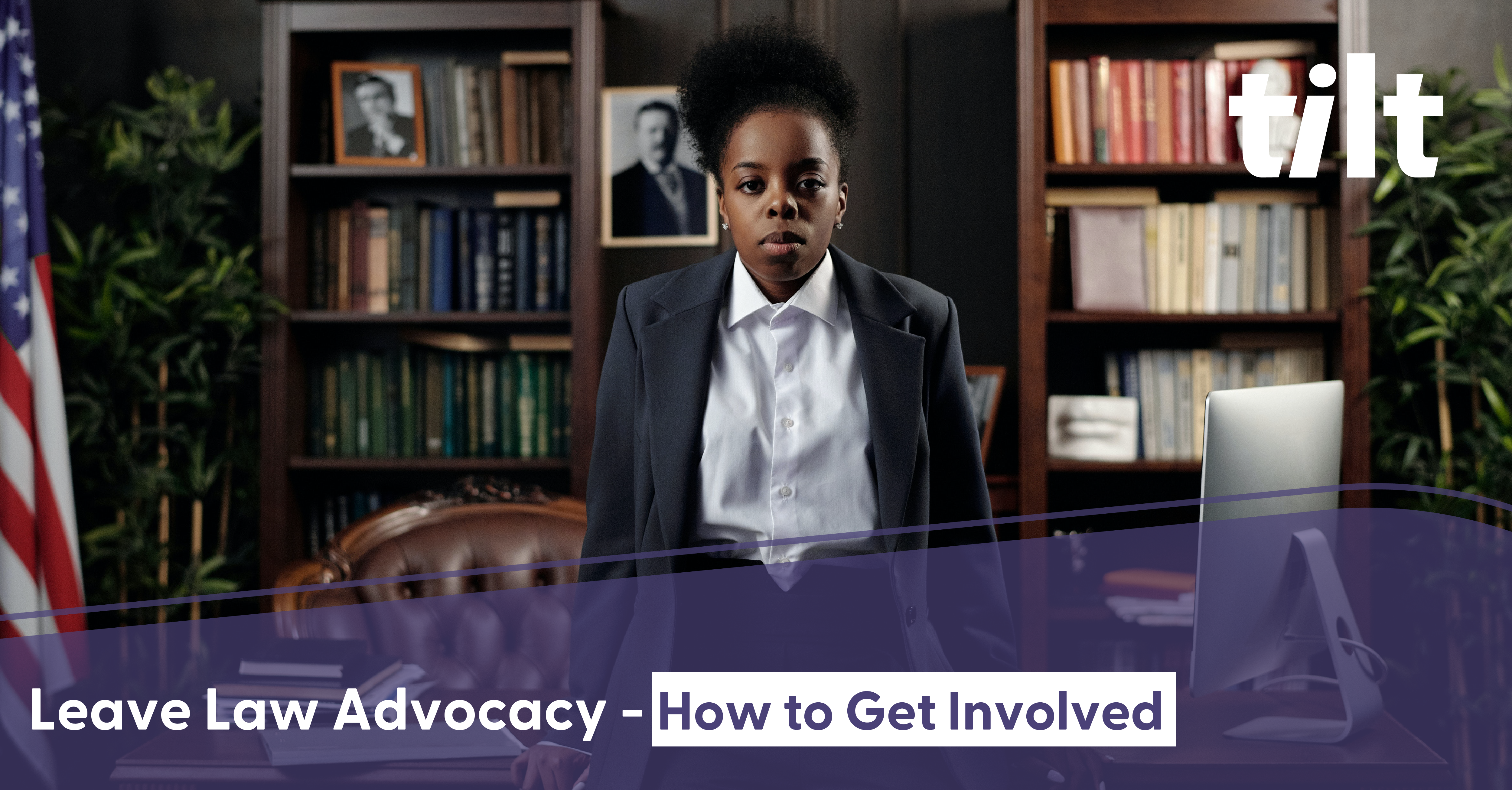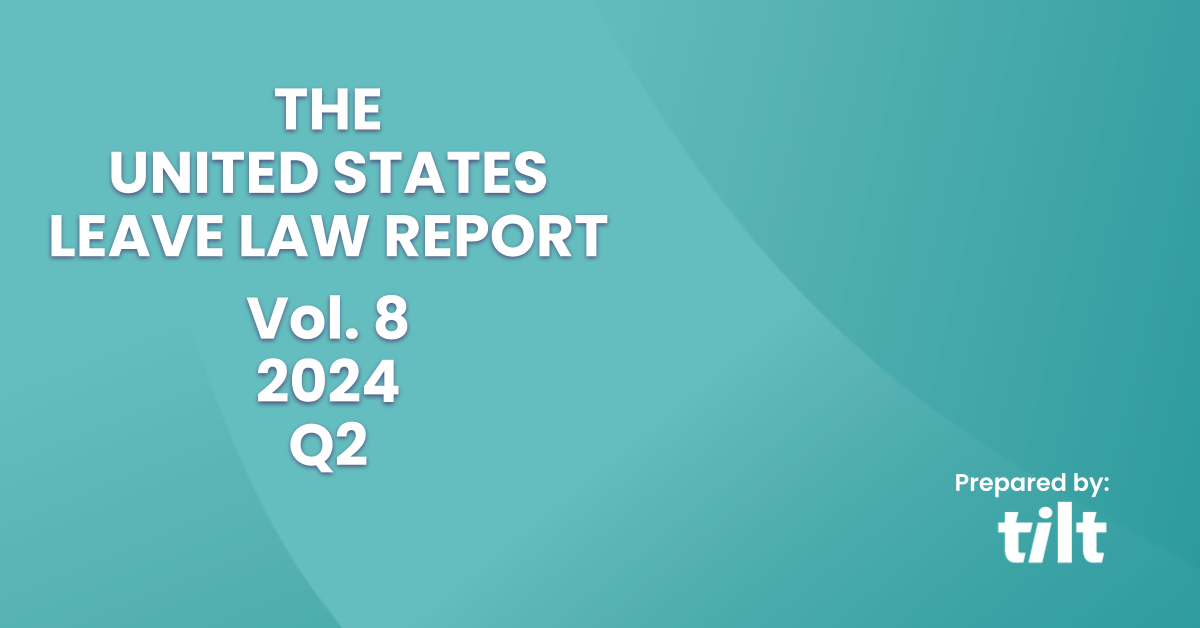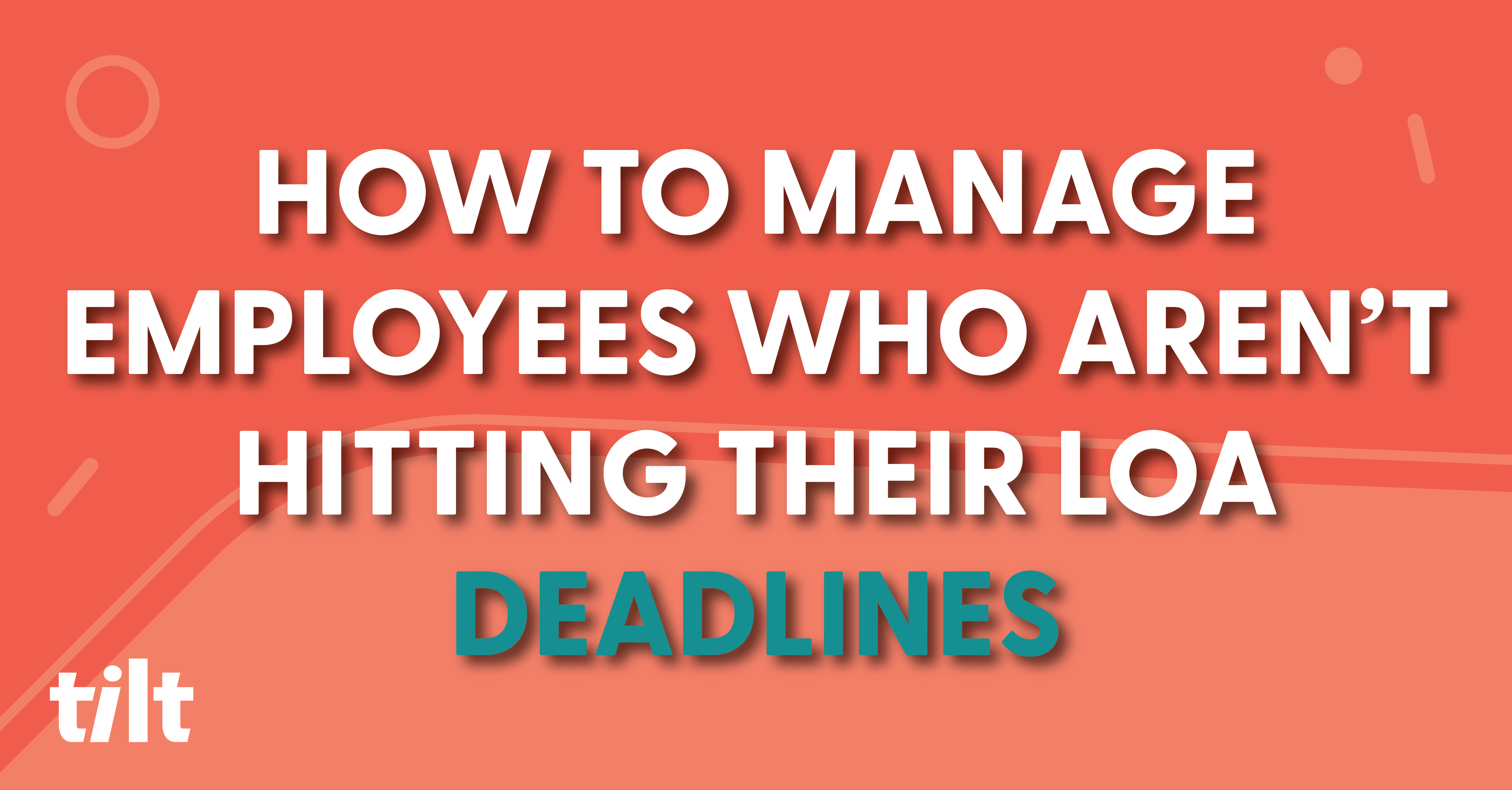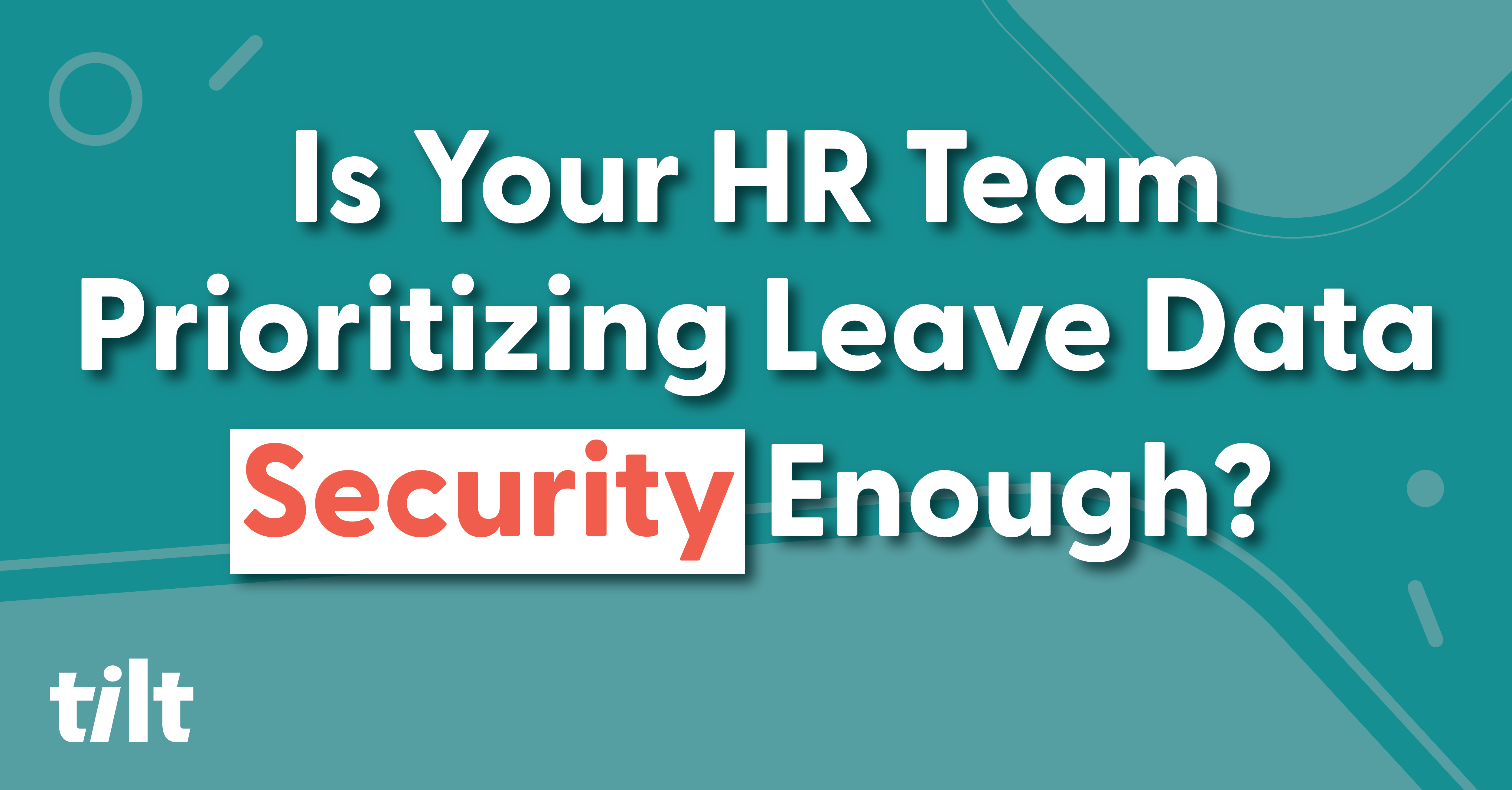Stop for a moment and take a deep breath. Recognize that the constant flood of dramatic headlines with heaps of hopelessness can be overwhelming to even the most ardent supporters in their fight for what’s right. We often look inward and swirl around in our own minds, hour after hour, knowing something should be done and not knowing where to start. It’s an exhausting reality.
In the United States, much is being made of workers’ rights as the news of unions being formed and organized walkouts make waves across the wires. The underlying theme is that workers are in search of basic human rights that are being neglected by those with margins on the mind.
The right for all workers to have paid family and medical leave, for example, is one of those basic human rights that has recently been in the legislative limelight. So much so that it even garnered involvement from Meghan, Duchess of Sussex who said:
“In taking care of your child, you take care of your community, and you take care of your country–because when paid leave is a right, we’re creating a foundation that helps address mental health outcomes, health care costs, and economic strength at the starting line.”
We encourage you to read the entire letter linked above, and it’s important to note that this wasn’t tweeted, it wasn’t mentioned in a morning show interview, and it wasn’t in between segments on a comfy late-night talk show couch. This was delivered directly to US Senate Majority leader Chuck Schumer and Speaker of the House Nancy Pelosi.
Leave law advocacy comes in a variety of forms, and finding the way that’s best for you starts with knowing your options and learning what getting involved entails for each.
Social Media and Beyond
Even if it doesn’t feel like it most days, politicians are still motivated by the voting of their constituents, though we won’t try to speculate what percentage of their overall motivation is driven by it. Social media has quickly changed the ways in which we can engage in advocacy practices across the board, and can be a haven for those in need of an outlet to vent their frustrations or draw awareness to causes near and dear to their hearts.
Social media is just one component of an advocate strategy, however, and one that doesn’t always reach the eyes and ears of politicians. Given that the daily social media usage statistics are so high, there are ample hours in the day we can re-allocate for advocacy efforts outside of our apps.
For example, you could write a letter to your US Senators and Representatives expressing your support of a federal paid family and medical leave policy using this ready-to-use template from the Paid Leave for All Organization.
Templates are a great start, though we recommend taking the time to individualize the message for a more powerful result. It’s easy to gloss over the same copy and pasted message and shrug it off as spam, but using your own personal examples will hammer home the point. The louder the message the more clearly politicians understand that this isn’t something that’s compromisable.
Don’t think you’ll be heard? According to the American Academy of Family Physicians, some legislators consider receiving comments from as few as a dozen constituents an overwhelming response to an issue.
Bring it to the Ballot
We won’t sugar coat it, trying to get new legislation introduced is a monumental lift for anyone, but it’s important to note that getting new legislation introduced is an advocacy avenue that’s available to you as any citizen or organization can draft a bill. Interested in pursuing that path? Here are some tips you can use to increase the effectiveness of a leave law bill you’d like to propose:
- Get a sponsor. Most states will require a sponsor to introduce a bill. Set up a meeting with your local rep before a legislative session begins and ask for their help.
- Prepare prepare prepare. If you want to be taken seriously, take your involvement seriously. Come to the meeting with your sponsor with clearly laid out pros and cons of your proposal that accompany industry-led research and easy-to-digest benefits to the constituency.
- Show them a draft outline. The National Conference of State Legislatures is a great resource to learn more about drafting a bill, so come with the framework of what the proposed bill might look like and make it easy for a legislator to say “yes.”
- Be bold, yet bipartisan. Politics is a game where the rule makers often sit on opposing sides of the political spectrum. Gaining bipartisan support for your bill requires a delicate touch that will do favors for you in the long run. Be bold enough to gain support, but not so bold that it alienates half of those you’ll rely on to get the bill passed.
- Trust the process. Once a bill is introduced it must go through the legislative process.
An example of this process in action happened in Tilt’s home state of Colorado, where on November 3rd, 2020 a ballot initiative proposed by the state’s constituents for the Colorado Paid Family and Medical Leave Insurance (“PFMLI”) Act was voted on and passed. Workers in the state can start receiving PFMLI benefits statewide beginning on January 1, 2024.
Take it to Task Force
Some state legislatures have study committees and task force meetings between legislative sessions. The work these groups do often results in legislative recommendations for the upcoming session. A task force or an action committee can be an effective way for your initiative to address a specific problem. Such a body should involve all of the different sectors of the community that are affecting it or affected by it.
Here are some examples of leave-law-related task forces:
Parental Leave for Dads has created the Parental Leave Corporate Task Force which aims to champion parental leave policies for dads everywhere. They “aspire to help create a world in which dads are enabled and empowered to take parental leave, so the benefits of men’s care and greater gender equality are felt at home, at work, and in society more widely.”
The Bipartisan Policy Center has a task force for Paid Family Leave who are developing a policy roadmap for “bipartisan, common-sense solutions that support America’s working families and promote America’s economic success.”
Sometimes, like in the case of the New Mexico Department of Workforce Solutions, a request for task force members is publicized. They’re assembling a task force “to develop recommendations for the enactment and implementation of a Paid Family & Medical Leave Act, including the establishment and administration of a PFML trust fund administered by the department.”
Nothing to It but to Do It
The opportunities to be an advocate for leave law policy are out there, but make no mistake about it, effort is required. Reading a blog article about how to get involved is a great first step (and we’re glad you’re here!), but now the real work begins.
We all have busy lives and there are times when the frustration of living our lives weighs us down into a puddle of apathetic doom scrolling. That’s okay, and if you’ve never tried getting involved before you should NOT feel guilty about it. You don’t have to wake up each day hellbent on changing the world in a seismic way to make a difference.
A difference can be made with an email sharing your personal story to your local rep. A difference can be made by volunteering or agreeing to speak at a city council meeting. A difference can be made by crafting new legislation and spearheading a campaign around it.
Real change can also happen with people we interact with on the regular. A difference can be made by engaging in thoughtful conversations with friends and family (or strangers). A difference can be made by talking with your employer to get involved and amplify the message.
Getting involved is asking a lot these days, and if you’re interested in doing so focus on doing what you can. Every little bit helps.
About Tilt
Tilt is leading the charge in all things leave of absence management through easy-to-use tech and human touch. Since 2017, our proprietary platform and Empathy Warriors have been helping customers make leave not suck by eliminating administrative burdens, keeping companies compliant, and providing a truly positive and supportive leave of absence experience for their people.






